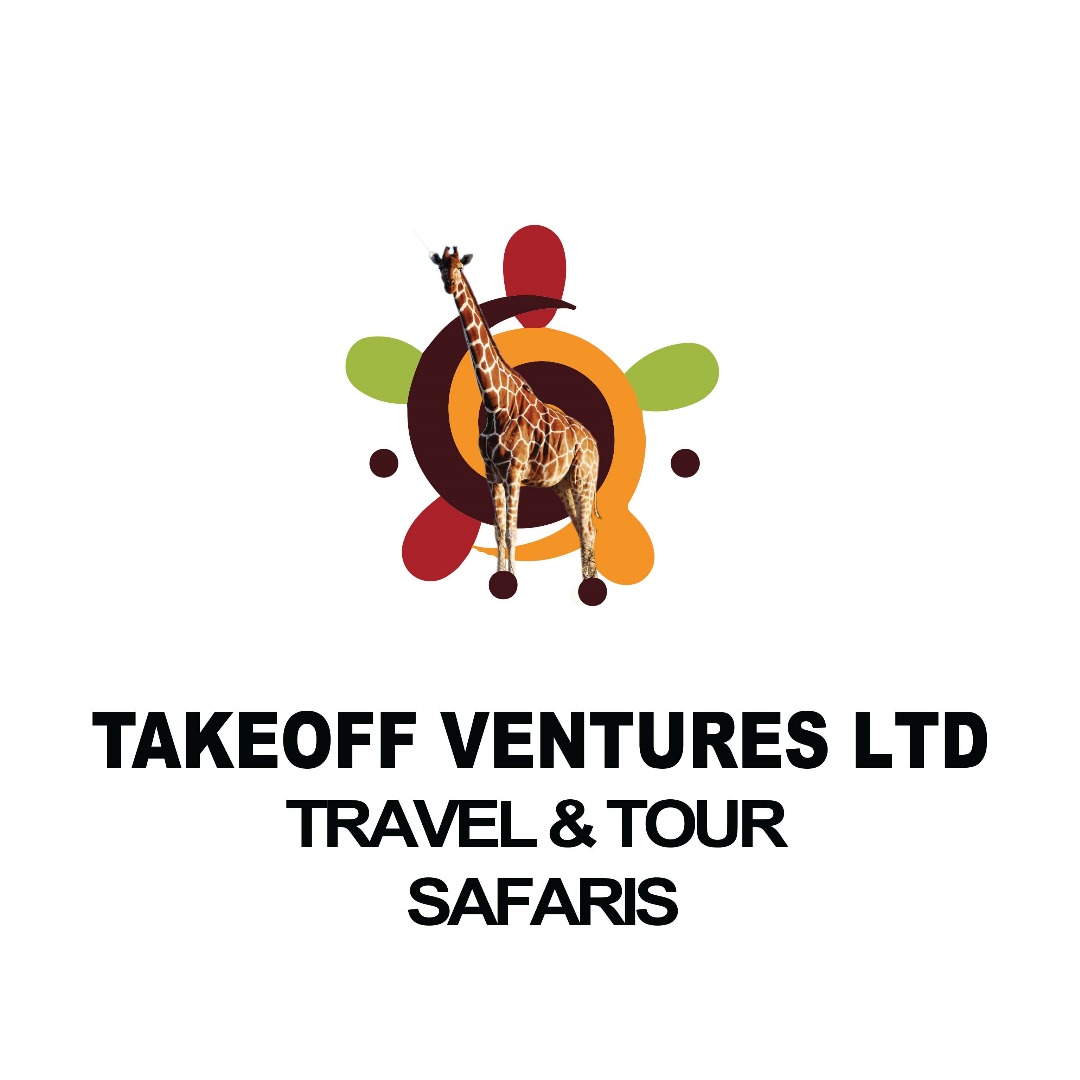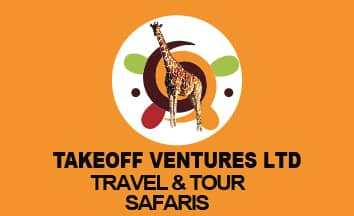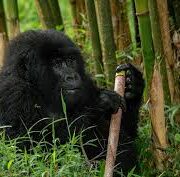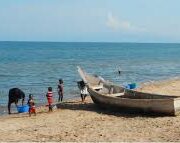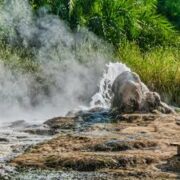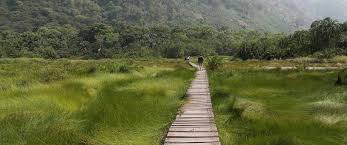
Semuliki National Park
Semuliki National Park is one of Uganda’s most biologically diverse and ecologically unique protected areas. Tucked away in the western part of Uganda, along the border with the Democratic Republic of Congo, the park offers a rare blend of Central African rainforest, East African savannah, and mountain ecosystems — making it a treasure trove for nature lovers and researchers alike.
Key Features of Semuliki National Park
1. Biodiversity Hotspot
- The park is an extension of the Ituri Forest of the Congo Basin, making it one of the few lowland tropical rainforests in East Africa.
- It harbors over 400 bird species (including 46 Central African species found nowhere else in East Africa) and over 60 mammal species.
- Common wildlife includes forest elephants, bush babies, flying squirrels, and occasionally leopards.
2. Sempaya Hot Springs
- The Sempaya Hot Springs are the most famous attraction.
- The female spring (Nyansimbi) and male spring (Bintente) emit steaming hot water, surrounded by fascinating geothermal formations.
- Locals and tourists often boil eggs or plantains in the hot water for fun.
3. Cultural Encounters
- Home to the Batwa pygmies, one of Africa’s oldest surviving indigenous cultures.
- Visitors can engage in community tours, learn about traditional forest lifestyles, hunting techniques, and herbal medicine.
4. Scenic Landscapes
- The park lies within the Albertine Rift Valley, offering beautiful views of the Rwenzori Mountains, vast plains, and meandering rivers.
- Swamps, hot springs, and thick jungle trails provide a truly off-the-beaten-path experience.
5. Birdwatcher’s Paradise
- Notable species include the Shoebill Stork, Nkulengu Rail, and Congo Serpent Eagle.
- Birding is excellent year-round, especially along the river and forest trails.
Travel Tips
- Best time to visit: June–September and December–February (dry seasons).
- Accessibility: About 6-8 hours’ drive from Kampala via Fort Portal.
- Activities: Nature walks, birding tours, cultural encounters, hot spring visits, and primate watching.
Would you like a suggested itinerary or a list of what to pack for visiting the park?
Recent Posts
All Categories
Tags
#bodabodas
#climate
#crestedcrane
#fearofflying
#gorillas
#kibalenationalpark
#lakemburonationalpark
#motorcycle
#mountainElgon
#mountains
#murchisonfallsnationalpark
#murchsionfallsnationalpark
#nationalparks
#rhinos
#Rolex
#Rwenzori moutains
#semulikinationalpark
#tourism
#tourUganda
#Uganda
#visistUganda
#visitUganda

Wildlife
Thailand

